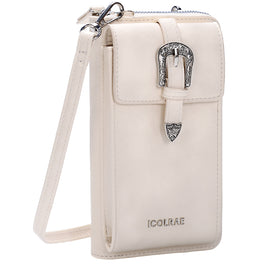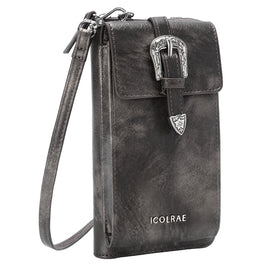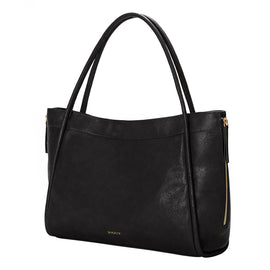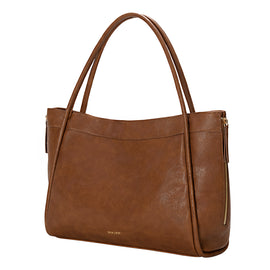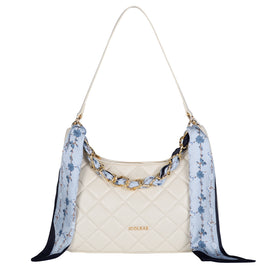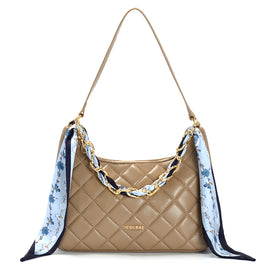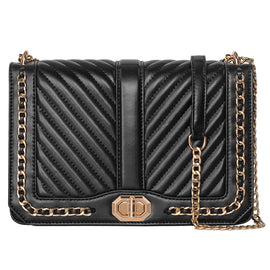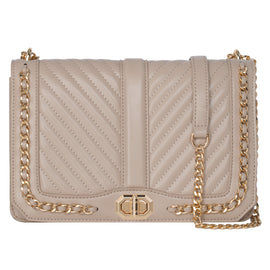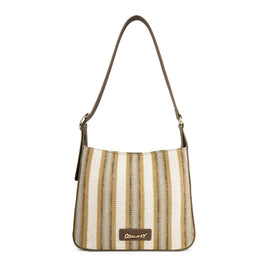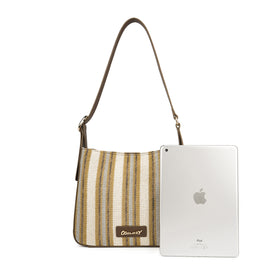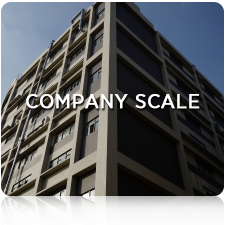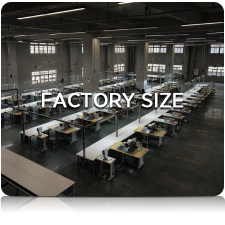How Manufacturers Can Save Costs and Improve Efficiency by Optimizing Cutting Yield
In the highly competitive leather goods and handbag industry, controlling costs while maintaining high quality is essential for survival and success. One of the most powerful—yet often underestimated—ways to achieve both is by optimizing cutting yield. By making better use of raw materials during the cutting process, manufacturers can significantly reduce waste, lower expenses, and improve production efficiency.
This article explores the importance of cutting yield optimization, practical strategies for improvement, and how HerminFashion, a leading Chinese handbag manufacturer, sets an industry benchmark in this area.
What Is Cutting Yield and Why Does It Matter?
Cutting yield refers to the percentage of usable material successfully converted into final product components. The rest—whether discarded due to defects, misplacement, or inefficient layout—represents waste and additional cost.
Even a small percentage increase in yield can translate to substantial material savings, especially when producing at scale. For example, improving yield from 80% to 85% across thousands of bags can save thousands of dollars in material expenses. In a market where margins are tight, this improvement can make a significant financial difference.
Factors That Influence Cutting Yield
Several key variables affect how efficiently materials are utilized:
-
Material Consistency: Uniform materials, such as PU leather, are easier to work with than natural hides that contain scars or irregularities.
-
Pattern Design: Optimizing cutting templates and nesting layouts helps reduce offcuts.
-
Cutting Technology: Using automated or computer-guided cutting systems improves accuracy.
-
Operator Skill: Experienced technicians can recognize flaws and make on-the-fly adjustments.
-
Design Standardization: Repeating shapes and sizes across product lines increases yield predictability.
Understanding these factors is the first step toward better cutting practices.
5 Proven Ways to Optimize Cutting Yield
1. Invest in Smart Cutting Technology
Modern cutting machines equipped with CAD (Computer-Aided Design) software can automatically generate efficient nesting patterns. These tools analyze each sheet of material and arrange pattern pieces to maximize usable area, significantly reducing waste.
2. Perform Pre-Cut Material Inspections
Not all raw materials are created equal. Before cutting begins, conducting a thorough inspection can identify flawed or weak sections, allowing operators to adjust layouts accordingly and avoid unnecessary waste.
3. Standardize Where Possible
While customization is often key to branding, standardizing certain components (like handles, pockets, or internal structures) across different bag models allows manufacturers to optimize layouts and reduce the number of unique parts that must be cut.
4. Train Staff on Best Practices
Ongoing staff training is essential. Skilled workers are better equipped to make smart, real-time decisions during the cutting process, leading to more consistent and higher-yield results.
5. Use Production Data to Improve Forecasting
Analyzing data from previous orders—such as which materials or styles resulted in lower waste—can help manufacturers adjust future production runs for better results.
How HerminFashion Leads in Cutting Yield Optimization
At HerminFashion, a seasoned Chinese OEM/ODM handbag manufacturer, cutting yield optimization is embedded into the production philosophy. Specializing in PU leather and women’s handbags, HerminFashion uses a combination of:
-
Automated nesting systems
-
Computerized pattern cutting
-
Skilled manual oversight
-
Stringent pre-cut inspections
This tech-enabled and experience-driven approach ensures that every square inch of material is used as efficiently as possible—without compromising on design integrity or craftsmanship.
HerminFashion also works closely with clients to balance custom design needs with production efficiency, offering scalable solutions for brands looking to launch or expand their handbag lines with confidence and consistency.
Conclusion: Cutting Smarter Means Competing Better
In today’s market, where customers demand both quality and value, manufacturers must seek smarter ways to reduce waste and improve productivity. Optimizing cutting yield offers a practical, impactful way to achieve both. It's not just a cost-saving strategy—it's a method for building a more sustainable and profitable business.
By partnering with forward-thinking suppliers like HerminFashion, brands gain access to cutting-edge techniques and experienced craftsmanship that transform efficiency goals into measurable results.

